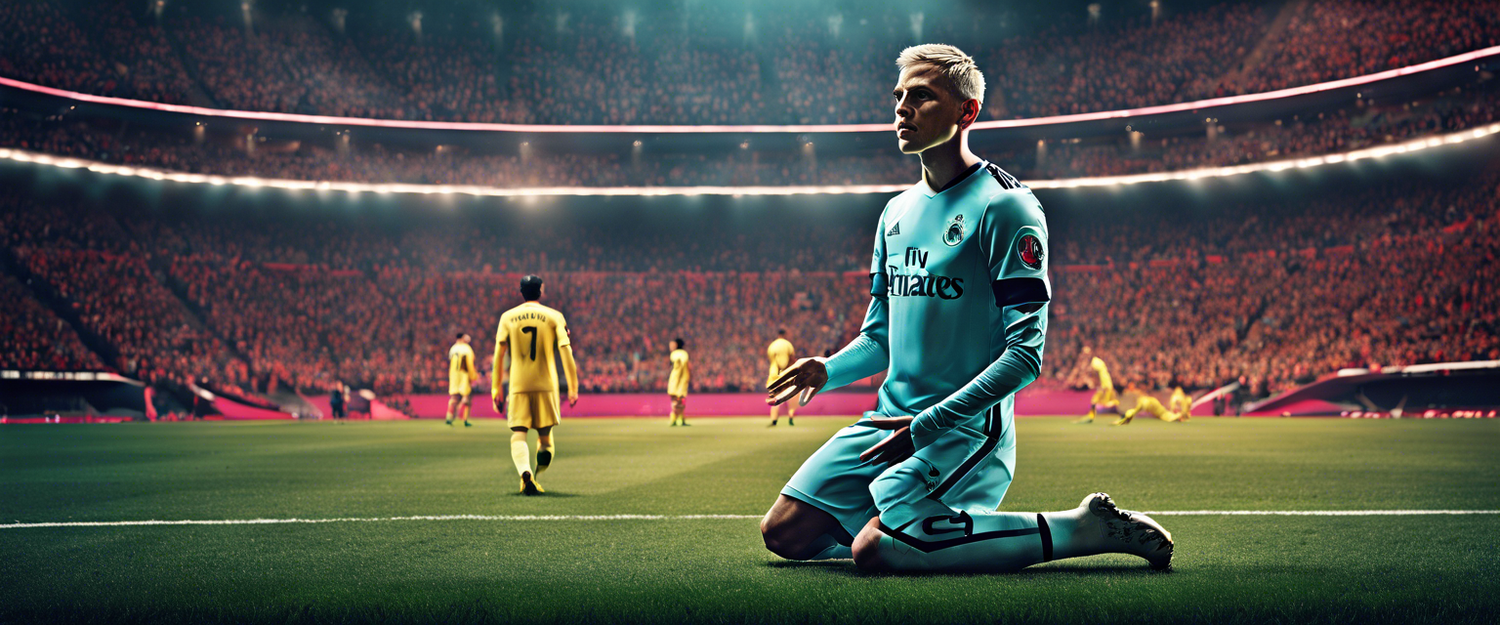Understanding the New UEFA Champions League Format: A Two-Gameweek Review
The UEFA Champions League has traditionally been one of the most prestigious tournaments in club football, but this season, a significant change has occurred that has reshaped its dynamics. Gone are the conventional eight groups of four teams in the group stage, replaced instead by a revolutionary 'Swiss-style' 36-league format. With two gameweeks already completed, we analyze whether this new structure has proven to be a success.
New Format Overview
In the revamped Champions League, a total of 36 teams will compete in a league format instead of the previous group stage. The top eight teams will automatically qualify for the knockout stage, while those finishing in places nine to 24 will enter into a two-legged playoff to join the elite eight. This new system offers more games, raising questions about its impact on competition and entertainment.
What Do the Experts Think?
The Positive Perspectives
Many pundits have expressed their enthusiasm for the new format. Sky Sports pundit Paul Merson noted that the expanded league structure allows for more games, enabling teams like Aston Villa to create unexpected results, such as their shock win against Bayern Munich. This sentiment is shared by Kris Boyd, who appreciates the increased unpredictability compared to the previous format.
Concerns About Player Welfare
However, there are also concerns regarding player workload. As highlighted by Adam Bate from Sky Sports, the reduction of jeopardy could lead to managers resting key players. With an increased number of matches—each team now playing eight games over ten gameweeks—there are worries about player injuries and the overall quality of matches. Ben Grounds echoed these sentiments, criticizing the new format for potentially leading to a compromised level of competitiveness.
Current Challenges and Considerations
Despite the excitement surrounding the new format, notable challenges remain. There appears to be a significant gap between the top and bottom teams, with early results showcasing an alarming dominance by certain clubs. Dougie Critchley, a European football expert for Sky Sports, noted that the chasm between elite clubs and others seems larger than ever, with mismatched results like Bayer Leverkusen's 4-0 win over Feyenoord and Bayern Munich thumping Dinamo Zagreb by nine goals.
Financial Disparities
The financial disparities within European football have persisted, and many teams still struggle to compete at this new level. The new setup, while aiming to include more clubs, may inadvertently exacerbate existing inequalities. Whether the increased opportunities will lead to genuine competition remains to be seen.
Conclusion: Is It Working?
While the early stages of the new format have generated significant discussion, determining its long-term success is challenging. The excitement of the Champions League remains, but the key factors of competitive balance and player welfare must be addressed to ensure the tournament remains engaging.
Future Implications
As we navigate through the remaining fixtures, the true impact of this new Champions League format will become clearer. Will it attract a broader audience, or will discrepancies highlight a troubling trend in European football? Keeping an eye on fan engagement and match quality will be crucial in assessing the future of the tournament.



اترك تعليقًا
تخضع جميع التعليقات للإشراف قبل نشرها.
This site is protected by hCaptcha and the hCaptcha Privacy Policy and Terms of Service apply.